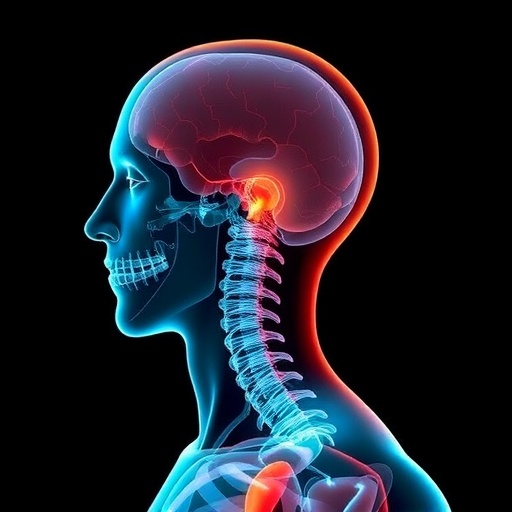Prozac®, the trade name for the drug fluoxetine, was introduced to the U.S. market for the treatment of depression in 1988. Thirty years later, scientists still don’t know exactly how the medication exerts its mood-lifting effects. Now, researchers report that, in addition to the drug’s known action on serotonin receptors, fluoxetine could rearrange nerve fibers in the hippocampus of mouse brains. They report their results in ACS Chemical Neuroscience.
Fluoxetine was the first drug in the class of compounds known as selective serotonin reuptake inhibitors (SSRIs) to be approved by the U.S. Food and Drug Administration. SSRIs are thought to work primarily by increasing the amount of the neurotransmitter serotonin that is available for signaling between neurons, but researchers suspected that other processes could be going on. In past studies, Massimo Pasqualetti and colleagues showed that genetic depletion and restoration of serotonin in mice could rearrange hippocampal nerve fibers. Now, they wanted to see if the more subtle changes in serotonin availability caused by fluoxetine treatment could have the same effect.
To find out, the team used a mouse model that expresses green fluorescent protein (GFP) in the neurons that make serotonin in the brain. They gave these mice fluoxetine in their drinking water for 28 days and then compared the GFP signals in their brains with those of control mice that were not given the drug. The mice taking fluoxetine had serotonin-producing nerve fibers that were fewer in number and smaller in diameter than those of control mice, but only in the hippocampus. Although the consequences of this structural rearrangement are currently unknown, it could contribute to how antidepressants exert their therapeutic effect, the researchers say.
###
The authors acknowledge funding from the Italian Ministry of Education, University and Research, Toscana Life Sciences Foundation, the University of Pisa and Santa Lucia IRCCS Foundation.
For more research news, journalists and public information officers are encouraged to apply for complimentary press registration for the ACS fall 2019 national meeting in San Diego.
The American Chemical Society, the world’s largest scientific society, is a not-for-profit organization chartered by the U.S. Congress. ACS is a global leader in providing access to chemistry-related information and research through its multiple databases, peer-reviewed journals and scientific conferences. ACS does not conduct research, but publishes and publicizes peer-reviewed scientific studies. Its main offices are in Washington, D.C., and Columbus, Ohio.
To automatically receive news releases from the American Chemical Society, contact [email protected].
Follow us on Twitter | Facebook
Media Contact
Katie Cottingham
[email protected]
http://dx.




